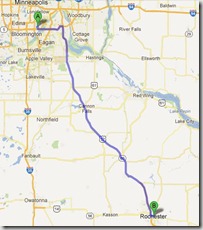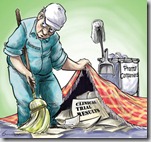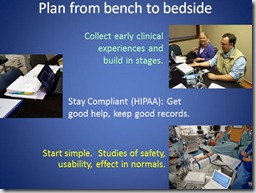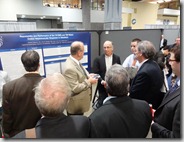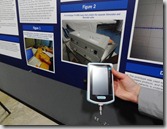It’s always 20%
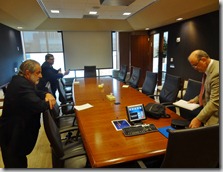 Meetings with the Ventures group went well – but there are always a few curves thrown in among the fast balls.
Meetings with the Ventures group went well – but there are always a few curves thrown in among the fast balls.
Our US medtech startup was founded by four partners (a finely tuned ensemble consisting of an engineer, a financier, a salesperson, and a physician) in mid-2011 to develop a new surgical monitoring device. Design and development work was done in the Netherlands, clinical trials in Seattle and Chicago. We played by the rules and informed Mayo, where the physician worked, about our activities. As per university policy, we assigned all patents that he helped to invent back to them. And, after taking a royalty, they licensed them back to us.
‘All above-board, amicable, and straightforward for 12 months.
This meeting was a routine update – we’d planned to show them the prototype, relate our experiences at the conference, and lay out the commercialization plan for the coming months. however, the meeting opened by saying that there was a paperwork issue that needed to be resolved. It developed that Mayo policy requires that when a physician is a shareholder in a startup, then shares must be given to Mayo.
That’s certainly a new twist: their follow-up put teeth to it:
Gentlemen,
My homework at this end indicates that in cases where Mayo does not initiate the start-up, we end up with a 10% stake that can’t be diluted until $5M is raised. I believe this is consistent with what I had mentioned on Thursday (I didn’t have a number, but I assured you it would be a minority share). Let me know how you want to convey this transfer. I look forward to working with you.
The meeting made clear that Ventures further planned to be an active partner for their shares. They had a CEO waiting in the wings (who would need 20% share), they know VCs who might be interested (for a 20% stake), would we like to meet a distributor who could sell the product (for 20% commission)?
My business profs told me there would be days like this…
We do need to find out the basis for their assertion, of course, then see whether there is any tangible reciprocity accompanying their bear hug. Introductions and advice are cheap. I’ve bounced this off of a few friends in the industry, whose advice ranges from 'Be disinclined to acquiesce’ to ‘It is gnarly’. The truth is that some accommodation is likely inevitable, we’ll end up negotiating the take and holding our governance.
I really wish that life lessons weren’t always so expensive.
Labels: Dutch Business Creation
